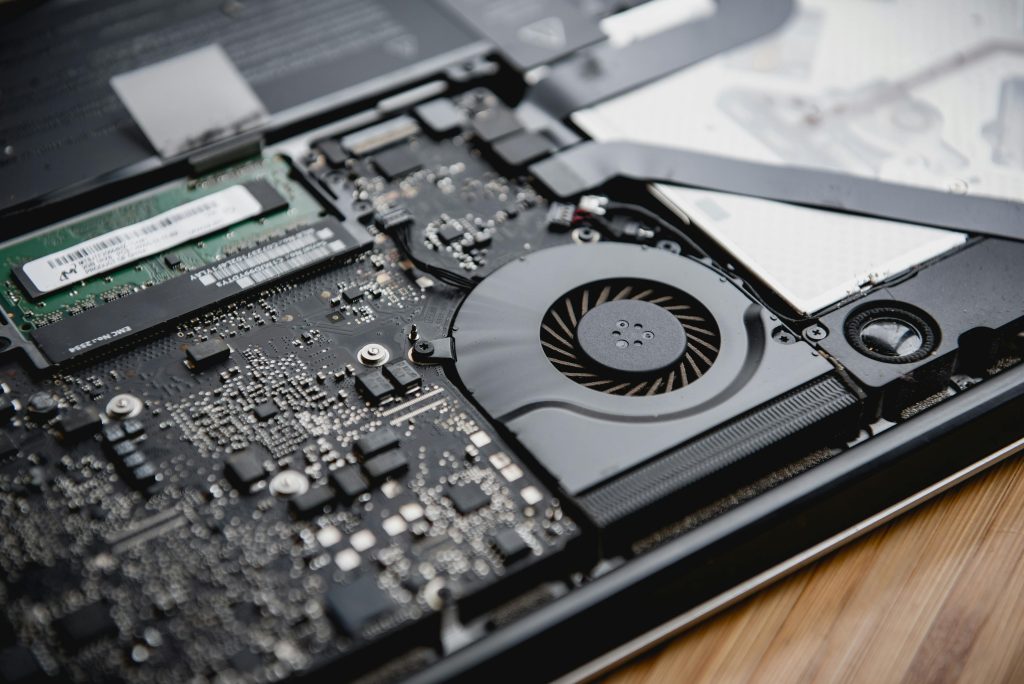Recovering Videos and Photos from a Corrupted External Drive: A Step-by-Step Guide
Experiencing data loss due to an external drive malfunction can be frustrating and disorienting, especially if you’re unfamiliar with data recovery procedures. Recently, a user faced a similar situation involving a Toshiba Canvio Basics external drive, struggling to retrieve important videos and photos from a corrupted device. If you’re encountering similar issues, this comprehensive guide will help you understand the process and explore effective strategies to recover your valuable data.
Understanding the Situation
The user’s external drive, a Toshiba Canvio Basics, became inaccessible due to corruption. Initial attempts to recover files using R-Tools (or similar recovery software) were unsuccessful, which is a common scenario. It’s crucial to approach such cases methodically to maximize the chances of successful data retrieval.
Step 1: Do Not Overwrite the Drive
First and foremost, avoid writing new data to the corrupted drive. Any new data could overwrite existing files, reducing the likelihood of recovery. Disconnect the drive safely and proceed with troubleshooting.
Step 2: Assess the Drive’s Condition
Verify whether the drive is recognized by your computer:
- On Windows: Open ‘Disk Management’ (Right-click on ‘This PC’ > ‘Manage’ > ‘Disk Management’) to see if your drive appears and to check its status.
- On macOS: Use ‘Disk Utility’ to assess if the drive is detectable.
If the drive appears but is inaccessible, it might indicate filesystem corruption rather than a hardware failure.
Step 3: Try Alternative Data Recovery Tools
Since initial attempts with R-Tools did not succeed, consider trying other reputable data recovery software options, such as:
- Recuva (Windows)
- Stellar Data Recovery (Windows & Mac)
- EaseUS Data Recovery Wizard
- Disk Drill
Many of these tools offer free versions that allow you to scan and preview recoverable files before purchase.
Step 4: Use Disk Repair Utilities
Sometimes, corruption stems from filesystem issues. Running disk repair utilities can help:
- Windows: Use ‘CHKDSK’ via Command Prompt:
chkdsk [drive letter]: /f - macOS: Use ‘First Aid’ in Disk Utility.
Note: Execute these repairs cautiously; if unsure, consult a professional to prevent further data loss.
Step 5: Seek Professional Data Recovery Services
If software
Share this content:



